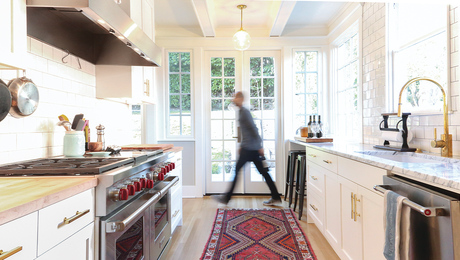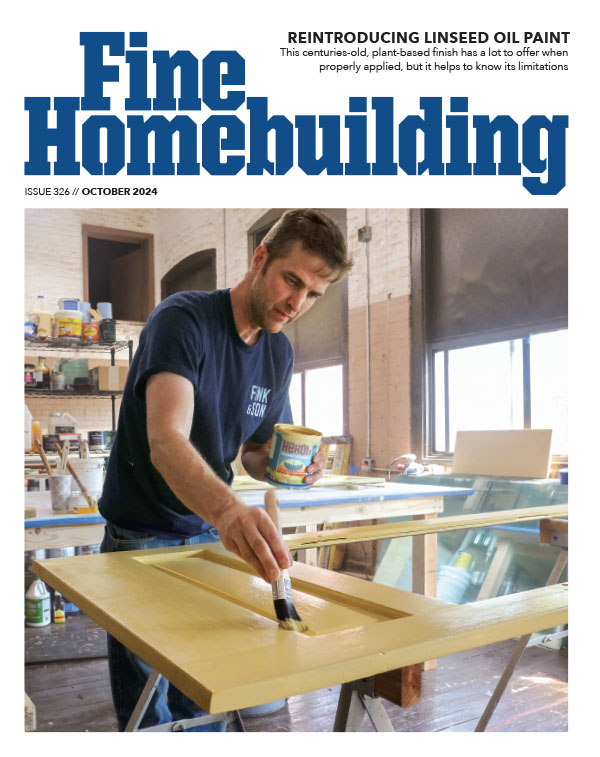Reconstructing ornamental cornice
Good Morning, Gentlepeople:
I need to address a seriously neglected ornamental wood cornice on my circa 1890 Lancaster, PA rowhouse. (3rdfloor, +/- 42’ above a very hard sidewalk.) At one point downspout ran through it, leaked, and you know the story. I have since rerouted the downspout, reroofed, and am ready to repair the woodwork.
From my observation on the ground, the end of the roof joist pockets are directly behind the cornice, and the top member of the joist protrudes to form a nailing surface for the ornamental soffit and corbels. I believe the ornamental corbels and medallions were nailed into fascia, which in turn was nailed into both the masonry. (See photos) Most of these are relatively small pieces, so I think I’ll be able to figure out a solution once I’m actually up there. Here is my real concern:
The end of the cornice has two ornamental corbels that are larger (read: heavier) than the rest. They also have finials on the bottom. (See photo of corresponding corbels on other side of house.) These were nailed into both the fascia and the masonry. (See photo of removed intact corbel.) One fell off and was completely destroyed. I hired someone to remove the other to prevent it from falling off. I am going to copy the intact corbel and make a cast of the finial. I would like to have these done well before the scaffolding or lift arrives. What is the best way to attach these large pieces to the wall?
Somehow, just nailing them in like they did 100 years ago just doesn’t seem good enough. I’m considering adding metal dowels into the replacement piece so that the carpenter can epoxy them deep into the masonry, but how to do this? Do I do this to the original piece also? Seems risky if I can’t actually see the surface he’s fastening to. The corbels are scrolled and made of 9 layers of 1” wood, so I could add pockets for the dowels as I build them. Or forget the dowels altogether and try something else?
Note the old downspout is still there but not functioning and will be removed.
I want to do this once and never do it again.























Replies
I think your idea will work,
but I think you should wait to drill your lower pin till you get up there and can figure placement according to the brick layout. Might be prudent to attempt to hit the morter joint-rather than drilling into just the brick. Locate your mounting position brick/corbel, drill the pin in the corbel-epoxy if you don't think driving it in tight is good and then the corresponding hole into the masonry. The upper toenails (or screws) are fine for the top portion.
Ya, I agree that epoxying a pin sounds like a good idea.
You might also want to caulk all the way around it.
Caulk would help hold it in place.
I don't think caulking all the way around would hold any moisture against it, but if you were worried you could caulk all but the bottom, leaving a way for any moisture behind it to drain out.